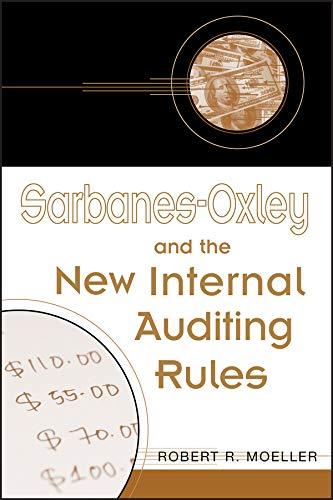Question
Consider a retailer that sells a single type of product and all assumption of the basic economic order quantity model are valid. The annual demand
Consider a retailer that sells a single type of product and all assumption of the basic economic order quantity model are valid. The annual demand is 5000 units. Each order release to the supplier incurs a fixed $50 cost and the annual holding cost is $8 per unit. The store manager has already determined the optimal order quantity for this product. (a) If we choose to use an order quantity of q = 350 units, what would be the percentage of increase in the optimal total of ordering and holding costs (the total of ordering and holding costs is also called the dependent cost component)? (b) If the store manager can tolerate only a 2% increase from the optimal total of ordering and holding costs, determine an interval for order quantities that satisfy this tolerance.
Step by Step Solution
There are 3 Steps involved in it
Step: 1

Get Instant Access to Expert-Tailored Solutions
See step-by-step solutions with expert insights and AI powered tools for academic success
Step: 2

Step: 3

Ace Your Homework with AI
Get the answers you need in no time with our AI-driven, step-by-step assistance
Get Started


